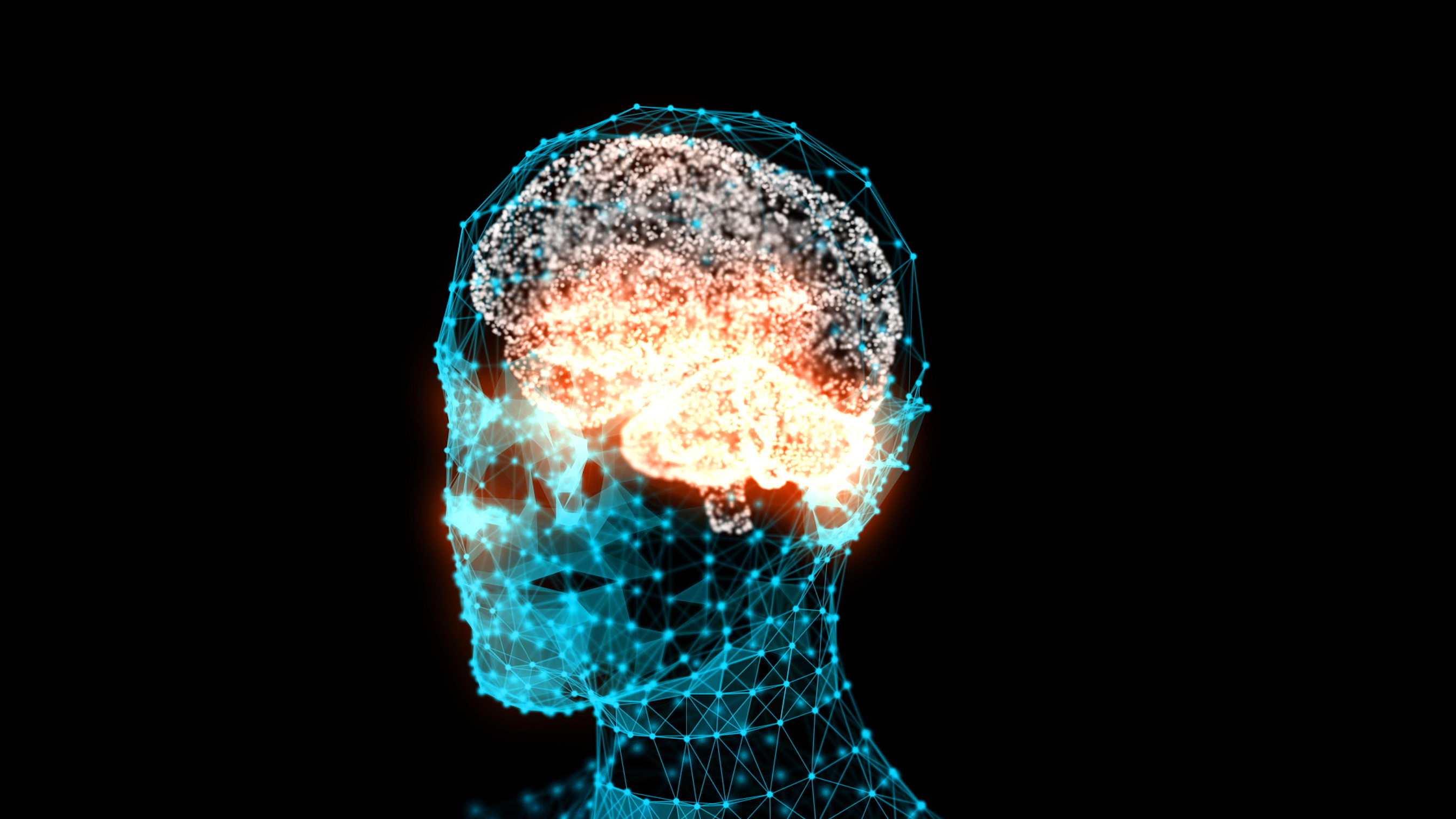Researchers have found a link between the activity in nerve clusters in the brain and the amount of force generated in a physical action, opening the way for the development of better devices to assist paralysed patients.
A clear link between the activity in nerve clusters in the brain and the amount of force generated in a physical action has been demonstrated by Oxford University researchers, opening the way for the development of better devices to assist paralysed patients.
Coordinated patterns of electrical activity in the basal ganglia – clusters of nerve cells in the brain – were shown to predict how much force is generated in the voluntary physical actions they help control, such as making a fist or raising a leg.
Working with patients who were receiving deep brain stimulation - a surgical procedure used to treat some neurological symptoms of Parkinson's disease, such as tremors or rigidity – the researchers found a link between the electrical fields generated in the nerve clusters of the basal ganglia and the gripping force the patient produced. The findings could help to explain what goes wrong in conditions such as Parkinson’s disease.
The research, published in the journal eLifesciences, demonstrates that the way these activities in the basal ganglia combine to produce a physical effect can accurately be described mathematically. Progress has already been made on devices that assist paralysed patients with movement, but this new research will make it possible to produce devices that regulate the force or speed of the movements.
Professor Peter Brown, from the Medical Research Council Brain Network Dynamics Unit at the University of Oxford, who led the research, said: 'Tremendous strides are being made in producing brain-machine-interfaces, which have enormous medical treatment and rehabilitation potential.
'Our results suggest how the basal ganglia help to direct parts of the brain controlling muscle responses, and how this might go wrong in Parkinson’s disease. The accuracy with which force could be predicted raises the possibility of producing high-performance control signals for brain-controlled devices, offering the fine-tuning that would be necessary for more delicate and complex tasks like picking up objects.
'The next step will be to test how well the features that we have identified can control brain-machine-interfaces in practice, particularly in chronically paralysed patients. We will also need to test whether additional recordings from other brain sites are needed to adequately control assistive devices.'
